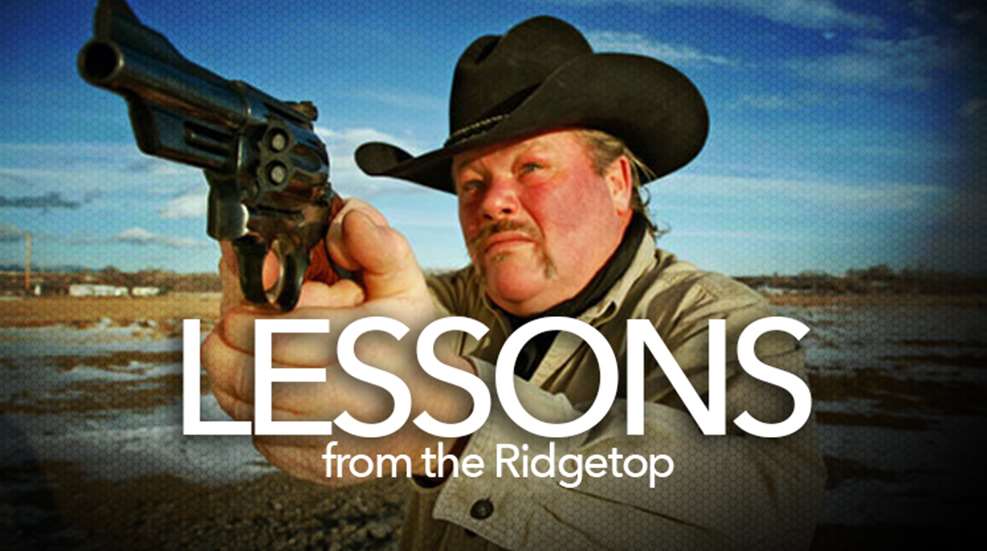
Many of us feel that gun control began as a 20th century issue. However, I attended a lecture today at the Buffalo Bill Historical Center in Cody, Wyo. that put forth a different perspective. Dr. David Silverman, a history professor at George Washington University, has been doing a lot of research that indicates that some Native American tribes, notably the Blackfoot tribe, put a considerable effort to control the firearms trade in their region.
During the last half of the 18th century firearms were introduced to Native Americans. Interestingly, it was French traders who initiated the firearms trade with the Northwest Trade Gun to the Cree and Assiniboine tribes. Blackfoot Native Americans got their first muskets trading with these tribes. It wasn’t until the Hudson Bay Co. and Northwest Trading Co. moved in did the Blackfoot tribe begin to get their firearms directly from Europeans.
The Northwest Trade Gun was a light, .56- to .58-caliber smoothbore musket. Typically, it featured a brass or iron lockplate fashioned in the form of a snake, along with an icon of a fox. Both embellishments were demanded by Native Americans, according to Silverman, along with the overall specs of the gun. Native Americans viewed the gun as a delivery system for poison, much like a snake. They also admired the fox for its cunning and sneaky behavior. Tribal shamans convinced their members that these decorations would increase the effectiveness of the guns.
These warriors needed a short, light firearm that could be handled from horseback—a concurrent leap in transportation technology. Even when the rifled bore became available Native Americans stipulated that their guns must have a smooth bore. Their reasoning was that they often traveled great distances and were unable to clean their guns. As the fouling became thicker in the barrel they would simply load a smaller ball in order to keep it functioning.
The Blackfoot tribe ascended to be a primary trader with Europeans in southern Canada and what would become the northern Rockies, and they became shrewd negotiators.
Archeological evidence shows that they traded for gun parts as well as the whole gun and ammunition components. There were tribal gunsmiths who would keep guns running as best they could. Another critical point was that trading posts had to provide free blacksmithing services to Native Americans. Failure to abide by this would result in the trading post being put under siege. Finally, Blackfoot leaders insisted that the only trade of firearms occurred with their tribe. They did not want the awesome power of guns to end up in the hands of their enemies. So the notion of gun control really isn’t a new idea.





































